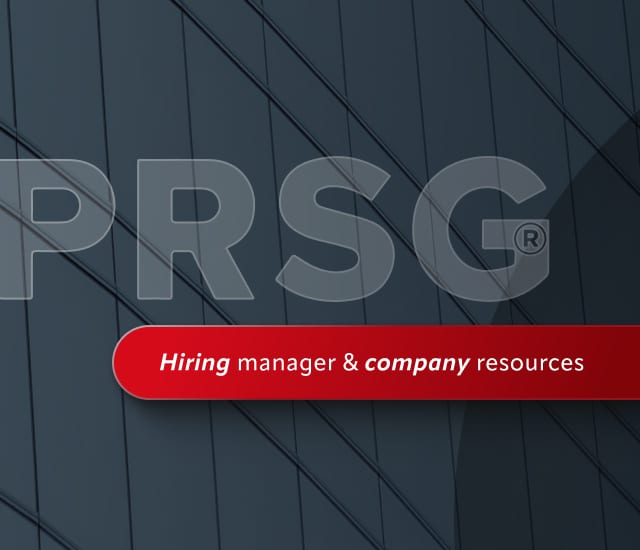Minimize Your Candidate Ghosting Experience

Whether I’m in a small networking group, meeting up with a client, or talking with a long-term business contact, the conversations have often included the growing experience many organizations have felt – ghosting by a potential employee or job applicant regardless of whether they applied to a position directly or were directly sourced by your organization.
Is this a sign of the times, and an experience that too shall pass? Is it revealing something more about the competitive landscape of the candidate market, a fear of rejection, overwhelming consideration of the interview/job search process, a factor of emotional business intelligence, or demand for talent?
In some ways applicants and candidates have felt the same way for years, applying to jobs with no response, feeling as though their application falls in a black hole, with no feedback following any stage of the process from resume submission to candidate selection. It’s easy for this to happen for employers given the push and pull of priorities, combined with talent teams that run lean. We recognize it’s near impossible to touch every applicant who applies. Perhaps there is an opportunity to revisit the process and to make some positive change that may help mitigate the risks of candidate ghosting in the future. Here are a few tips:
- Focus on Employer Branding – What is the message applicants or candidates receive when entering a job search process with your company. Frequently and with increase proportions, client HR teams are partnering with marketing teams to help create the experience, and the why’s behind employees choosing to work for you. Consider your LinkedIn Profile, Glassdoor online reviews, etc.
More than ever before candidates seek to understand the reputation of an employer – job stability, the social good, mission and values of the organization, diversity, equity & inclusion initiatives, as well as opportunities for professional development and career advancement.
- Employer Communications – How timely is your feedback with applicants in the interview process? Can this be improved? Have you implemented any communication sequencing that helps update your applicants on status of open positions? With the evolution of HRIS systems, and Applicant Tracking Systems in general, there is opportunity to develop automated messaging upon receipt of an application, and then again when the job is filled, whether or not the candidate met the criteria to receive an interview request. During the process, are the steps and timeline defined, including any assessments that are utilized in the pre-hire process? Delayed timing can create disinterest and kill the process, with multiple restarts. With that said, we know timing can depend on the reason for the position, urgency to fill, and specialized nature of the role. Transparency serves best and maintains candidate engagement.
Encourage candidates to keep in touch as a two-way communication about status of a role, but then remember to be responsive. Sharing news that a candidate is not being selected is difficult. Remember to have grace and empathy, and if possible, share helpful feedback.
- New Hire Process – Change can be hard, especially during times of hybrid and a more remote workforce, perhaps the skills that align with your hiring are naturally more introverts than extroverts, create an inviting and welcoming message until your employee walks through the door on Day One. Leaving the familiar for the unfamiliar can be both exciting and difficult, and don’t assume that an employer losing a star employee is going to let him or her leave easily without an effort. Despite the statistics and how detrimental accepting a counteroffer may be, it has been on the rise with the workforce/labor shortage for skilled talent. Encourage your hiring manager to reach out and connect with your soon to be new employee as soon as an offer has been accepted and welcome them to your team.
- On-Boarding Experience – Paperwork is inevitable, and new hire orientation should be well planned, revisited often for effectiveness, and provide resources and people to turn to when he/she runs into an obstacle. If possible, create a culture of connection by offering introductions with other peers and team members. Team lunches or group breakfasts can help break the ice. If you are working remote or hybrid – there are options, such as DoorDash, UberEats or GrubHub where you can have a small team of employees join a virtual luncheon. Create meaningful opportunities for employees to engage in work and community within your organization.
Times are different and with recent unemployment rates at record lows, candidates have options.
Consider a few steps you can take to create a winning experience for applicants and employees – yes work is hard, and life isn’t always unicorns and rainbows.
